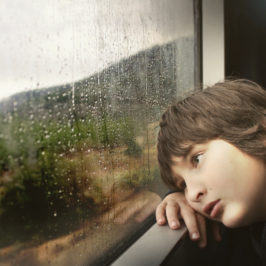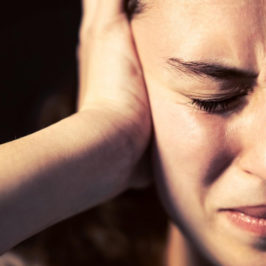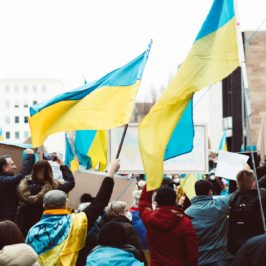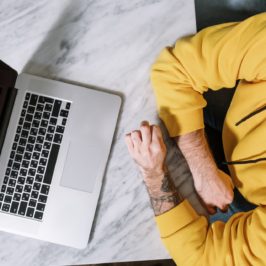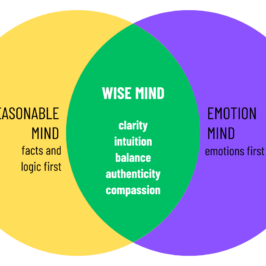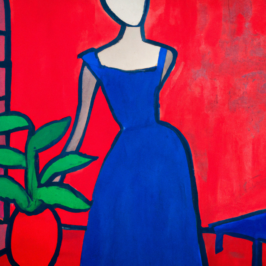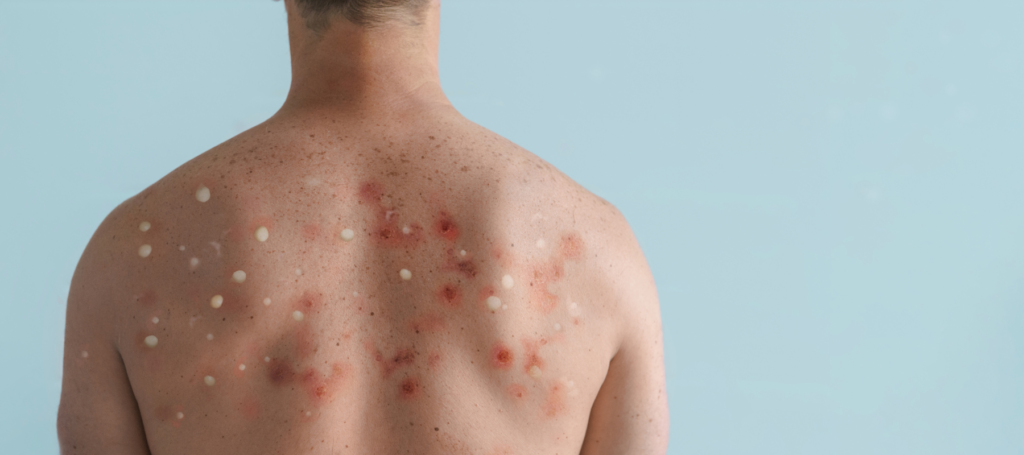
By: Brian Warner
Since it was first identified in Denmark more than 60 years ago, monkeypox has almost exclusively impacted people across central and west Africa. Because of unequal access to global vaccine stockpiles, it’s a virus that’s been mostly contained to countries like Cameroon, Liberia, South Sudan, and the Democratic Republic of the Congo. Outside of these countries, it’s largely overlooked by most of the world – except on the rare occasion that it travels outside of Africa.
In 2003, the U.S. saw its first monkeypox outbreak.
In 2018, it spread to Israel, Singapore, and the U.K.
And a few months ago, news broke of a multi-country monkeypox outbreak. At the time of writing, there are nearly 60,000 confirmed cases – more than 99% of them in countries that have not historically reported monkeypox.
As it became a bigger and bigger news story, many people have reacted with the same thought: “Can we wrap up with the last pandemic before getting started with something new?”
The idea of a whole new virus was bound to create mixed emotions, from stress to exhaustion to defeat, whether it was cause for global concern or not. Though 2022 has seen COVID-19 at its most manageable, even if still not exactly over, would enough time ever have passed to feel okay hearing about a new infectious disease? An infectious disease most often found (or, for COVID, first identified) overseas, that discourages contact and encourages the demonization of specific, vulnerable groups of people (for COVID, people of Asian descent; for monkeypox, gay men)? A quick Google search will show: compared to the early months of 2020, people are much more tuned in.
“Monkeypox explained: How to protect yourself and what to watch out for.” “The ‘traumatic experience’ of US monkeypox patients.” “California declares a state of emergency over monkeypox outbreak, following New York and Illinois.” “Is sex worth the risk?”
The good news is that monkeypox is much less transmissible than COVID. But as we collectively try to heal from the trauma the last virus brought, another outbreak in the news brings up a good question: how can we do that when very real triggers are out there? How well do wounds heal when they keep getting reopened?
While rates of anxiety are thankfully falling after their massive rise in 2020, they’re still nowhere near where they used to be. In 2019, it’s estimated that about 38 million Americans were dealing with anxiety; in 2020, that number (not so surprisingly) shot up to a peak of more than 95 million.
Some researchers have even started giving the traumatic toll the pandemic has left in its wake a new name: Post-COVID Stress Disorder. Most people’s experiences with the pandemic don’t neatly fit into a typical PTSD diagnosis, and yet many emergency responders and COVID survivors are still reporting trauma-related symptoms.
Is it any wonder why? Monika Dargis, Ph.D., Assistant Professor of Psychology at Cornell University, sums it up perfectly. “The uncertainty around almost every aspect of the pandemic–not knowing what COVID-19 was, how it spread, or how to fight it–created an immense amount of stress and anxiety for everyone.”
And like anyone who’s dealt with trauma and anxiety could tell you, getting COVID under control was one thing – doing the same with our feelings afterward is another story.
And then, monkeypox.
It’s important to remember that monkeypox is not COVID. We know how monkeypox spreads, we know how quickly it spreads, and we know how to combat the spread before it gets out of control. We’ve had decades with monkeypox to learn from it – a luxury we didn’t have with COVID. But for some people, does that all matter next to the anxiety this news brings?
In an interview with Politico, Paulo, a 34-year-old man in Portugal, spoke about the weariness the news about monkeypox brought. “As a single, gay man I’ve spent my life worried about catching STIs and HIV, and the past two years additionally worried about COVID. I can’t believe I now have to worry about yet another infectious disease.”
And in an article for the New York Times, Taylor Minnis recounted the fear he felt after testing positive for monkeypox – similar to the feelings many can relate to from the early days of COVID when most people were in the dark. “I honestly feel like my own doctor,” he said. “They just left this all on us, to figure out what to do.”
Even just last August, feelings of anxiety were still affecting more than 73 million American adults – almost double 2019’s pre-pandemic numbers.
“People have what’s known as a ‘trauma load,’ and part of what you’re doing is reactivating traumatic experiences from previous situations,” says Jeff Ashby, Ph.D., co-director of Georgia State’s Center for the Study of Stress, Trauma, and Resilience. “Given the widespread effect of COVID-19 related stress and its far-reaching impact, there will likely be an increased need for mental health services that exceeds our current capacity to meet those needs.”
The good news, for as little as can be found in multiple virus outbreaks, is that those mental health services have received a spotlight over the past two years, making care and access top of mind for many people. As we talked about last March, telehealth visits shot up from just 21% in 2019 to 96% in 2020 – with 93% of clinicians saying in the spring of 2022 that they planned to keep their telehealth option available.
For many people, the full impact that COVID and monkeypox had on their mental health may still be unexplored. Like an iceberg, we still may only be seeing a fraction of what they’re dealing with, with most of its effects still beneath the surface.
We sometimes think of science as made up of giant “Eureka!” moments one after the other, whether it’s identifying a virus or developing a vaccine. An apple fell on Isaac Newton’s head and he discovered the law of gravity. But people had been studying it for thousands of years by then. From Greece to India to Persia to Spain, people knew about gravity, just not exactly how it worked. And in discovery after discovery, scientists got Isaac Newton a little bit closer.
Healing works in much the same way. For as much of a backslide as it might feel to see another micro-threat on the global stage, and feel the anxiety that that news brings, we’ve been here before and that has pushed us a little closer toward being able to successfully manage threats to our physical and mental health. We may not find peace in one big “Eureka!” moment, and we may not be free from viruses so easily either – progress isn’t always linear. But for as scary as it is to see familiar headlines back in the news, saying “We’ve been here before” can often be followed by “and we made it through then.”
DISCLAIMER
The information, including but not limited to, text, graphics, images and other material contained on this website are for informational purposes only. No material on this site is intended to be a substitute for professional medical advice, diagnosis, or treatment. Always seek the advice of your physician or other qualified healthcare provider with any questions you may have regarding a medical condition or treatment and before undertaking a new health care regimen, and never disregard professional medical advice or delay in seeking it because of something you have read on this website.

